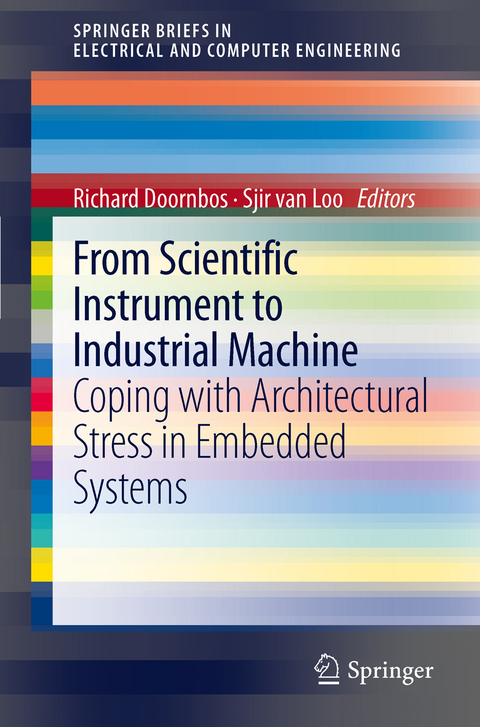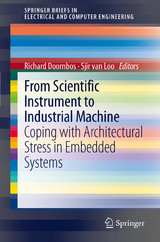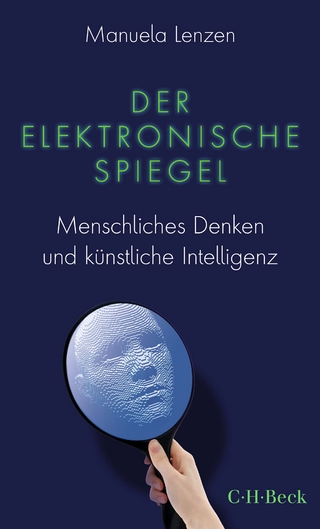From scientific instrument to industrial machine
Architectural stress is the inability of a system design to respond to new market demands. It is an important yet often concealed issue in high tech systems. In From scientific instrument to industrial machine, we look at the phenomenon of architectural stress in embedded systems in the context of a transmission electron microscope system built by FEI Company. Traditionally, transmission electron microscopes are manually operated scientific instruments, but they also have enormous potential for use in industrial applications. However, this new market has quite different characteristics. There are strong demands for cost-effective analysis, accurate and precise measurements, and ease-of-use. These demands can be translated into new system qualities, e.g. reliability, predictability and high throughput, as well as new functions, e.g. automation of electron microscopic analyses, automated focusing and positioning functions.
From scientific instrument to industrial machine takes a pragmatic approach to the problem of architectural stress. In particular, it describes the outcomes of the Condor project, a joint endeavour by a consortium of industrial and academic partners. In this collaboration an integrated approach was essential to successfully combine various scientific results and show the first steps towards a new direction. System modelling and prototyping were the key techniques to develop better understanding and innovative solutions to the problems associated with architectural stress.
From scientific instruments to industrial machine is targeted mainly at industrial practitioners, in particular system architects and engineers working on high tech systems. It can therefore be read without particular knowledge of electron microscope systems or microscopic applications. The book forms a bridge between academic and applied science, and high tech industrial practice. By showing the approaches and solutions developed for the electron microscope, it is hoped that system designers will gain some insights in how to deal with architectural stress in similar challenges in the high tech industry.
Richard Doornbos started as a research fellow at ESI in September 2008. His interests centre on the exploration and reasoning about system architectures, system-level behavior modeling and multi-disciplinary system design. Studied Technical Physics at the University of Twente, where his thesis ‘Optical Characterization in Flow Cytometry: Optimization and Miniaturization’ resulted in a PhD degree in 1995. He accepted a post-doctorate position at the Laser Center of the Academic Medical Center in Amsterdam, where he worked on optical spectroscopic techniques for characterizing cardiovascular tissues for diagnostic purposes. In 1998 he joined Philips Research, starting with a 2-year education in computational science. He continued investigating various complex systems in the consumer, ambient intelligence, and medical domains as a research scientist and system architect. These systems included: intelligent user interfaces, distribution of multimedia presentations, in-home resource management, broadband services, intelligent homes for elderly care, automatic recognition of human behavior and personal emergency response services, in particular fall detection. Sjir van Loo is a part-time research fellow at ESI since 2005. His current research interests are in systems architectures and systems engineering for sensor networks and system-of-systems in diverse application domains. He has given regular lectures on systems architecting and design in the ESI competence development programme. After graduating in physics at Eindhoven University of Technology in 1974, he first joined Philips in 1985 and then Philips Research Laboratories in 1992. He has over 30 years of experience in systems architecting and research and realization of complex software intensive cyber physical systems, often in multi-disciplinary settings, from one-off systems to high volume electronics. These include lighting control systems, sensor networks forassisted living applications, MRI machines, electron microscopes, video-on-demand servers, analogue and digital TVs, a Distributed Real-time Operating system, and data-acquisition and monitoring systems in high-energy physics. He was a co-founder of the Philips Systems Architecting training program, which he also managed from its launch in 1997 until 2007.
Foreword.- Acknowledgements.- Part I Introduction.- 1. The Endeavor.- Part II Architecture.- 2. Systems Architecture.- 3. Feasibility prototyping.- 4. Software architecture.- Part III Automation and control functions.- 5. Applications in automated microscopy.- 6. Focusing control.- 7. Positioning control.- Part IV Conclusion.- 8. Final words.- Appendix. Condor Project Publications.
| Reihe/Serie | SpringerBriefs in Electrical and Computer Engineering |
|---|---|
| Zusatzinfo | 55 Illustrations, black and white; XII, 112 p. 55 illus. |
| Verlagsort | Dordrecht |
| Sprache | englisch |
| Maße | 155 x 235 mm |
| Themenwelt | Informatik ► Theorie / Studium ► Künstliche Intelligenz / Robotik |
| Mathematik / Informatik ► Mathematik ► Angewandte Mathematik | |
| Naturwissenschaften ► Chemie ► Analytische Chemie | |
| Naturwissenschaften ► Chemie ► Physikalische Chemie | |
| Naturwissenschaften ► Physik / Astronomie | |
| ISBN-10 | 94-007-4146-4 / 9400741464 |
| ISBN-13 | 978-94-007-4146-1 / 9789400741461 |
| Zustand | Neuware |
| Haben Sie eine Frage zum Produkt? |
aus dem Bereich




